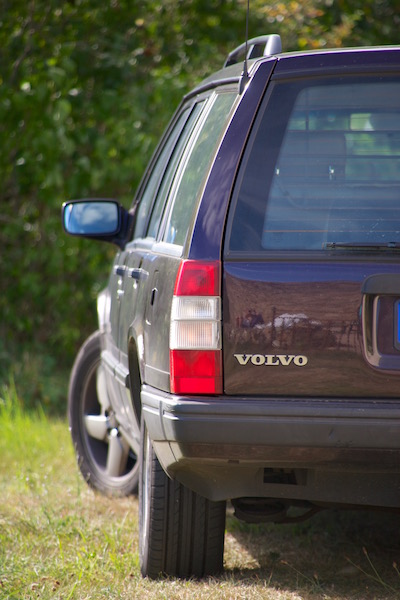 Last week my trusted Volvo was due for its regular maintenance. It was the kind of maintenance that I could not do by myself, hence I brought the car to my local Volvo specialist in order for them to do their magic. Maintenance with an 18 year old car sometimes requires drastic measures. After all, nothing lasts forever. Not even in a Volvo. In my case, these drastic measures meant that the front wheel control arms and rubbers needed to be replaced as they were worn out. I knew it was due for replacement and thus we made it part of the scheduled maintenance.
Last week my trusted Volvo was due for its regular maintenance. It was the kind of maintenance that I could not do by myself, hence I brought the car to my local Volvo specialist in order for them to do their magic. Maintenance with an 18 year old car sometimes requires drastic measures. After all, nothing lasts forever. Not even in a Volvo. In my case, these drastic measures meant that the front wheel control arms and rubbers needed to be replaced as they were worn out. I knew it was due for replacement and thus we made it part of the scheduled maintenance.
In our daily work with teams and alliances we tend to focus mostly on the joy of creating and running these collaborations. Like with my car, also these collaborations need maintenance and sometimes they require drastic measures as well for a healthy continuation.
The simplest form of maintenance on any type of collaboration is to assess what is going well and identify the areas for improvement. This is the kind of maintenance you can and should be doing by yourself. You can do so by performing a simple check as part of your regular steering committee meetings or your regular team meeting.
Sometimes a collaboration requires a more extensive examination and an external specialist can help to realign the collaboration and bring it back on track. The specialist will interview the teams and stakeholders to assess the status and challenges and identify courses of action for improvement.
The maintenance on my car is relatively simple, what needs to be done is known and fixing it is a matter of replacing parts. Some parts are more difficult to replace after 18 years than others. Still it is a matter of days and I’m back on the road. However, bringing a collaboration back on track will take more time.
Often collaborations struggle, based on unconscious behavior of participants. Changing behaviors takes time. It is easy to agree with your team or alliance parters to change certain behaviors in the collaboration. You are fully committed to the agreed change and with full enthusiasm you are going back to work after you committed to the change. Still it will be hard to stick to it when the circumstances in your organization are not changing. This is where a specialized coach can help you to ensure that your intentions are put into lasting action.
There are some simple maintenance actions that you can apply to your collaboration right now! In the next steering committee meeting or your next team meeting, evaluate the values of your collaboration. It can be a good initial check to see if you are all still on the same page and are collaborating like you have initially agreed.
Read more about setting values in Tip 9 of “25 tips for successful partnerships and alliances“